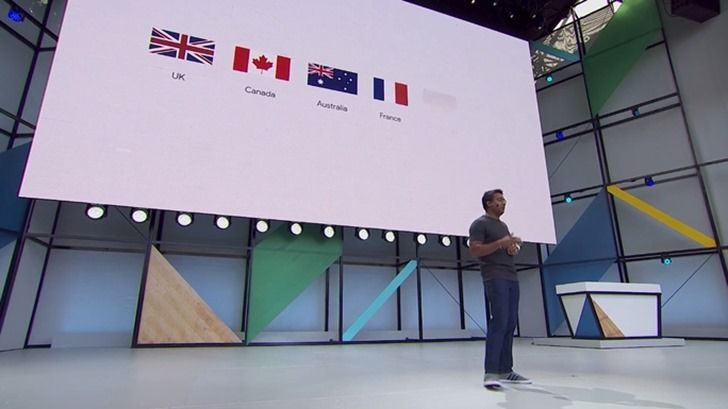latest
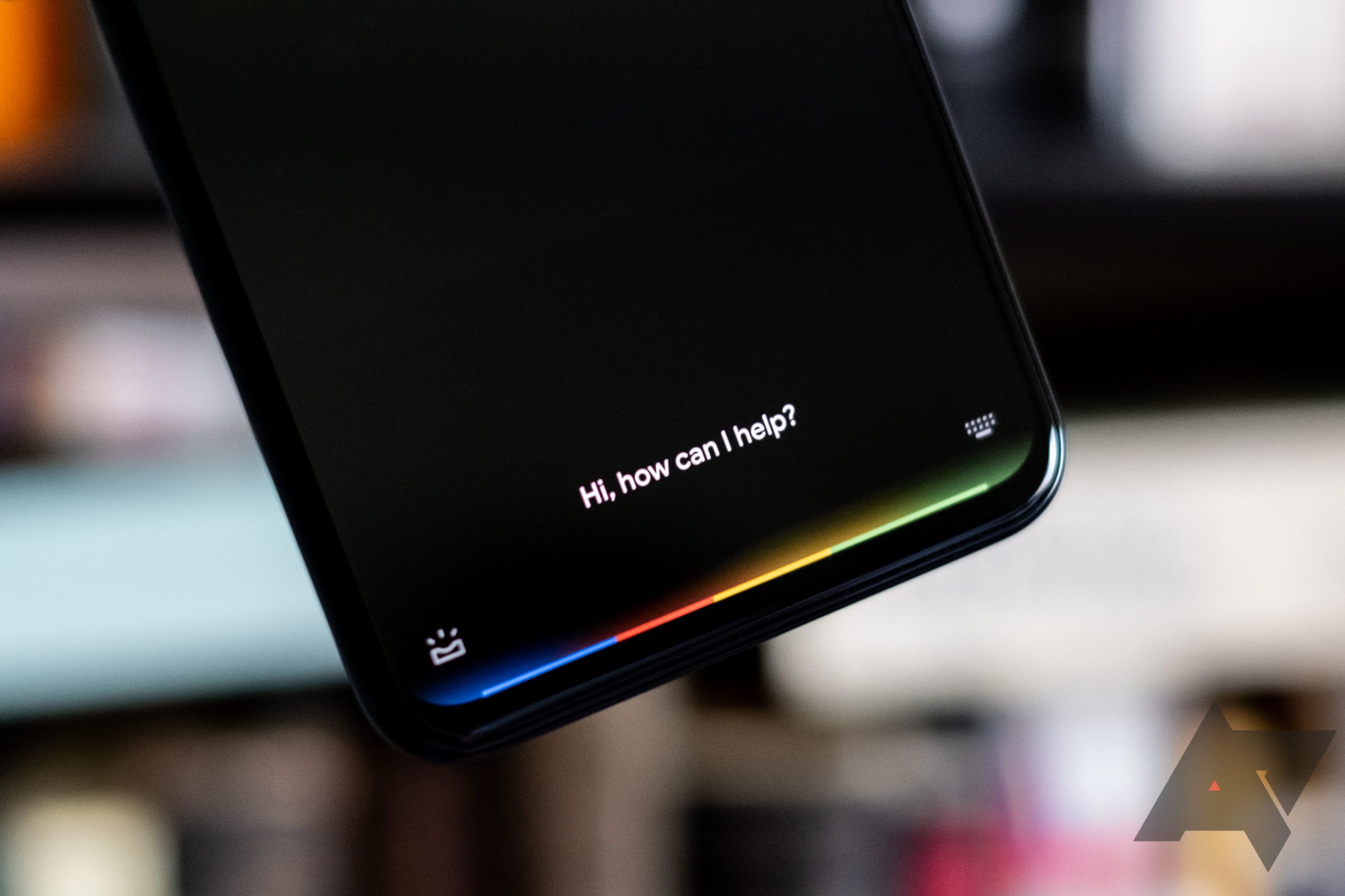
New Google Assistant adds 4 languages, but don't expect the same abilities as English
French, German, Italian, and Spanish are the "lucky" winners
In the Pixel 4a's announcement post, Google said that the new Assistant, which had been only available in English and Japanese so far, would "soon" support four new languages. Nearly two months later, that promise is materializing. You can now use the faster and cleaner Assistant in French, German, Italian, and Spanish.
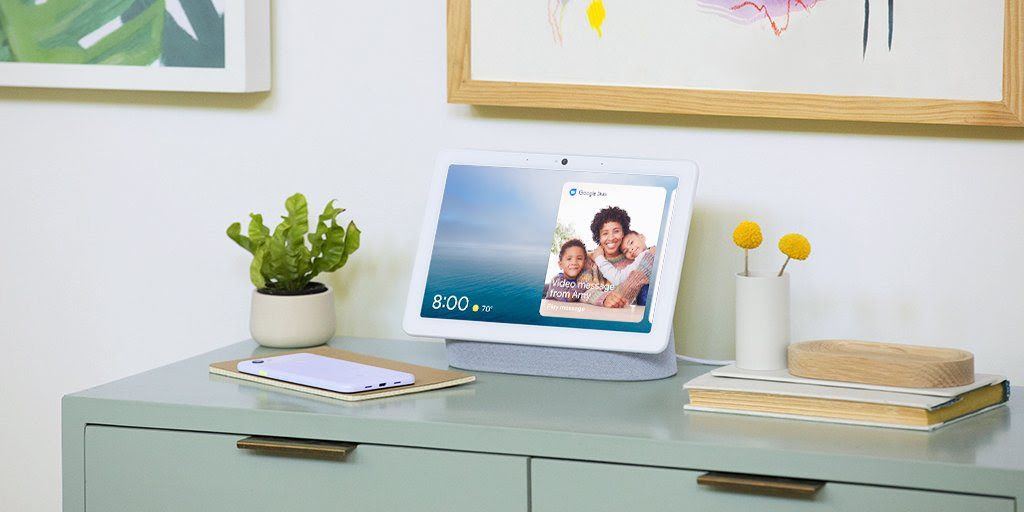
Until recently, you could only officially talk to Google Assistant on your Smart Display in nine languages. With the addition of Italian, we're now at ten.
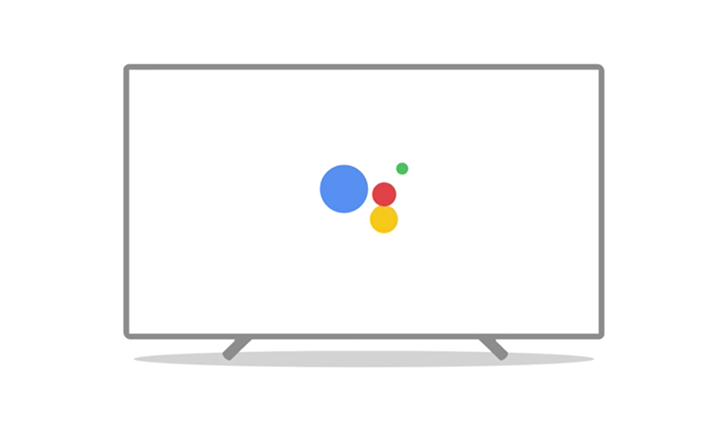
Google Assistant isn't only available on Android TV, but also on select television sets with other operating systems. For example, it's quite capable on recent LG devices. However, in contrast to the Assistant on phones and smart home gadgets, language support is relatively limited on TVs. That's why it's nice to see that Google has added support for Italian and Japanese on devices without Android TV.
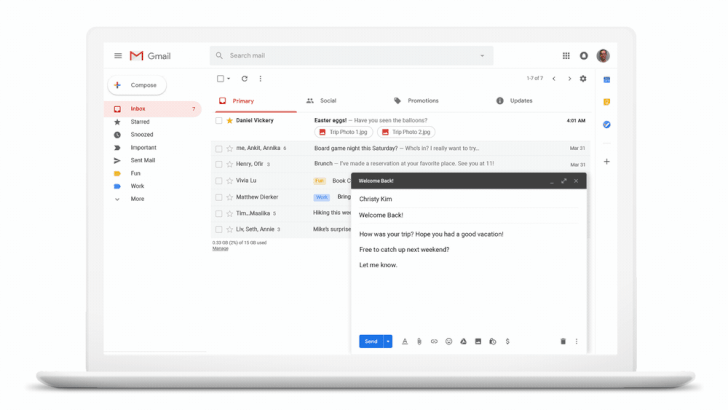
It's hard to believe that Gmail is fifteen years old today. In human years, that would equate to lots of sneaking around, unapproved driving, under-age drinking, and daily existential crisis about everything — i.e. normal teenage drama. But in Gmail years, this means we're getting some demure features. Namely, the email service finally lets us schedule emails.
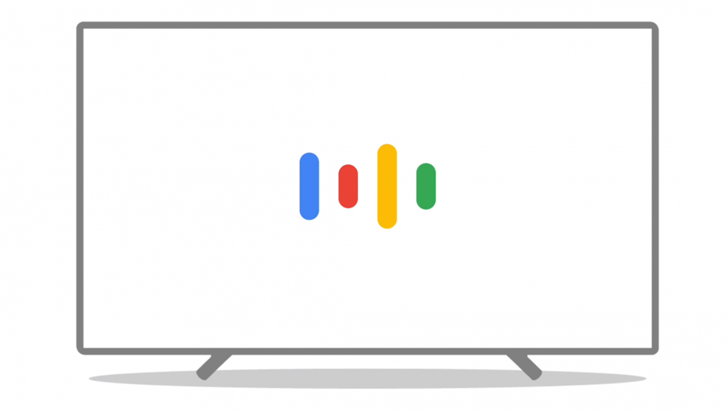
We rarely speak of Assistant on Android TV because changes in the platform are highly dependent on TV and set-top box manufacturers, infrequent updates, and sometimes server-side pushes from Google. But language support is something we keep an eye on, as it allows users who don't speak English to use the Assistant on their TVs.
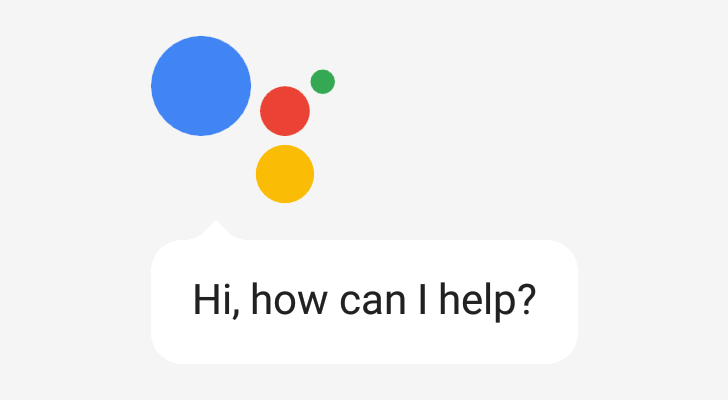
Read update
- According to an update made to the Language and Locale Support section of the Actions on Google documentation site, these new higher-quality WaveNet voices will start to roll out on March 4th. The new voices provide users of the Actions on Google platform with voices that meet or exceed a 3.6 mean opinion score (i.e., which provide better perceived quality than the previous TTS voices used).
As with most of Google's products, Assistant is an incredibly powerful tool in the United States, but its functionality is limited in other countries. This is understandable, since there are dozens of other major languages worldwide with countless dialects, and speech recognition for each variation can take a while to develop. At Mobile World Congress, Google announced a massive expansion for Assistant's language support.
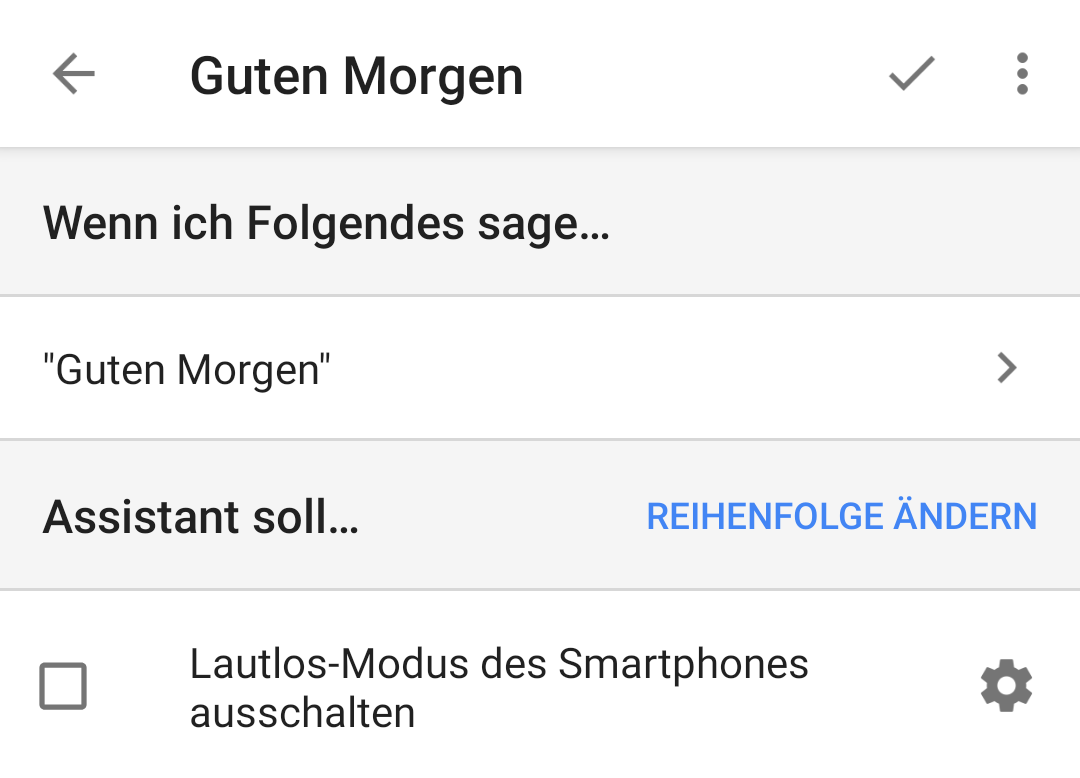
Google Assistant routines can save you a lot of time by executing multiple commands in succession after you say a simple sentence. They started off as "My Day," which brought a simple morning routine, but then multiple routines were enabled, as were custom routines, and finally scheduled routines. But until recently, they were only officially available if you set your Assistant to use English (US). Now, they're supported in many more language/country combinations.

Your Google Assistant is bilingual starting today — at least, for any pair of six specific languages
Google's Assistant has been making great strides in both functionality and speech recognition since its original release in the far off year of 2016. In fact, Google says that it has improved so much that, starting today, it can recognize two different languages interchangeably. Your Google Home is now bilingual, something no other digital assistant can do — at least, since Google's other assistant, Google Now. But there is a caveat: it supports only two languages among a list of six.

Amazon has announced that the Echo and other Alexa speakers from Bose and Sonos are coming to Spain and Italy later this year. In preparation for that, it is now expanding the Alexa Skills Kit and Voice Service to these two countries.

Google Lens' availability has been expanding ever since its first announcement. Although it started as an exclusive for Pixel owners in Google Photos, it quickly showed up in Assistant too, then rolled to non-Pixel devices in Photos, and eventually made it to those devices in Assistant too. However, through it all, Lens in Assistant and Photos has been limited to one language: English. Até que enfim it's now showing up for users in five other languages: French, German, Italian, Portuguese, and Spanish.
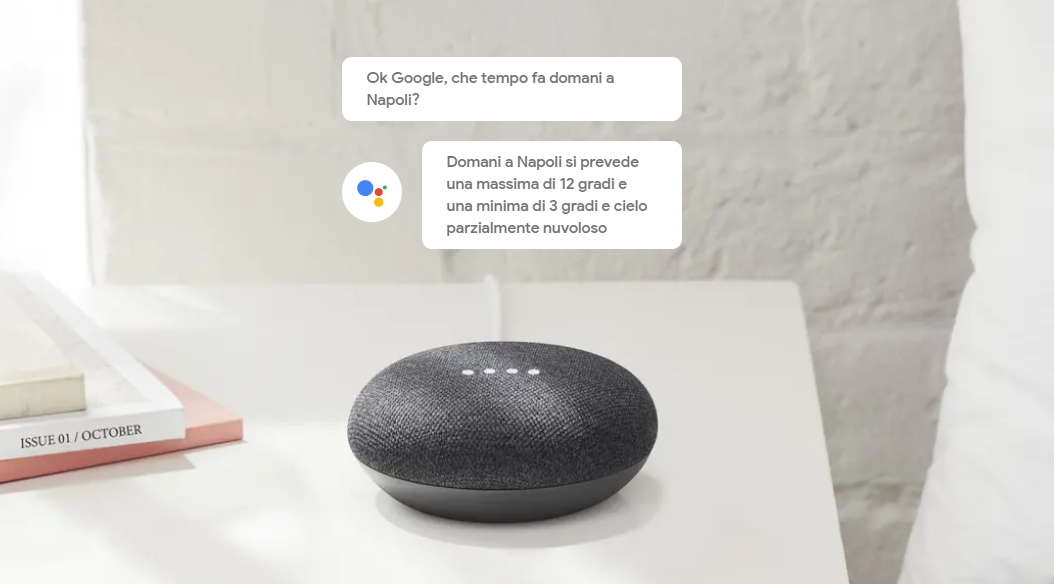
The signs have been accumulating over the past few weeks: Italian showed up among the languages supported on the Google Home, then it also was listed on third-party Assistant speakers, and just this morning plenty of Google Home support pages (like this) started saying the Home was available in Italy and speaking Italian. Now it's official: the Google Home and Home Mini are up on the Italian Google Store, but you can only sign up for the waiting list.
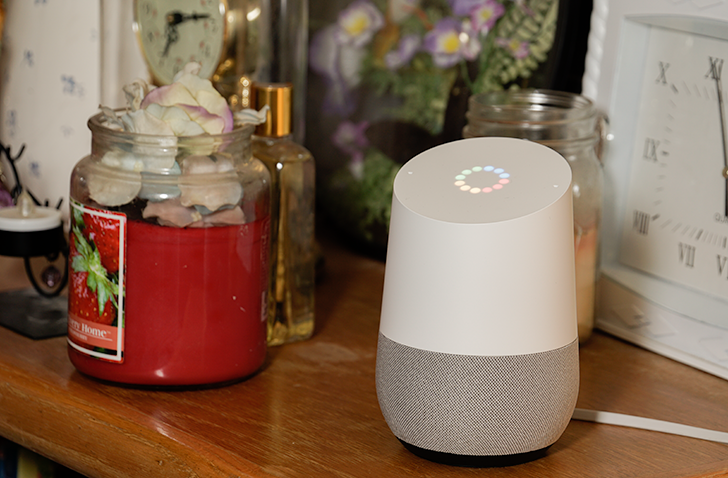
Read update
Currently, the only languages supported by Google Home are those for the countries where the smart speaker is officially available. However, Italian has been spotted as an option, meaning that Google should soon be bringing the Home and Home Mini to Italy very soon.
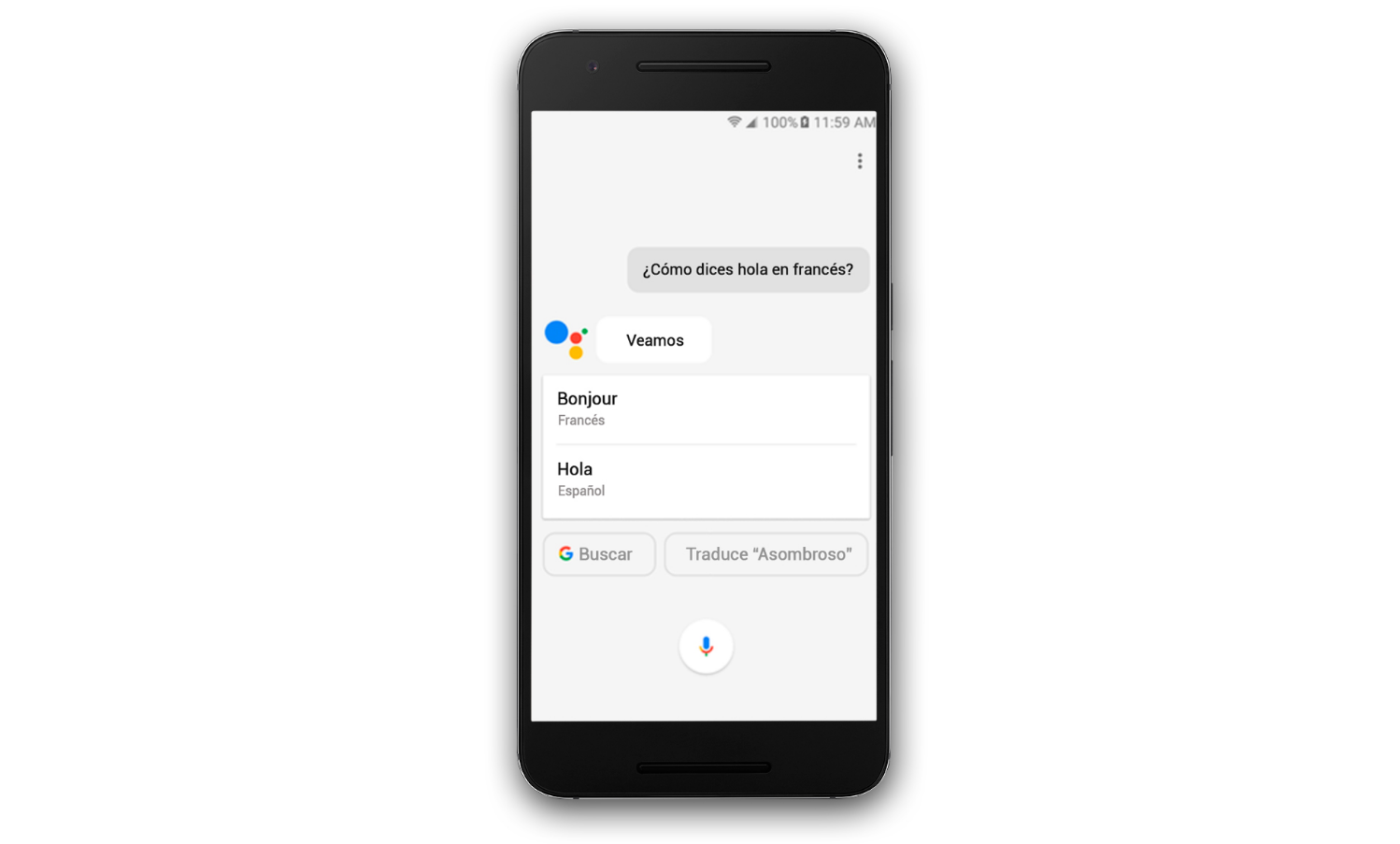
At I/O 2017, Google said that multiple languages, including Italian and Spanish, would be arriving on Assistant by the end of the year. November has only just begun, and Spanish (Latin America), Spanish (Spain), and Italian have been officially announced for Google Assistant.
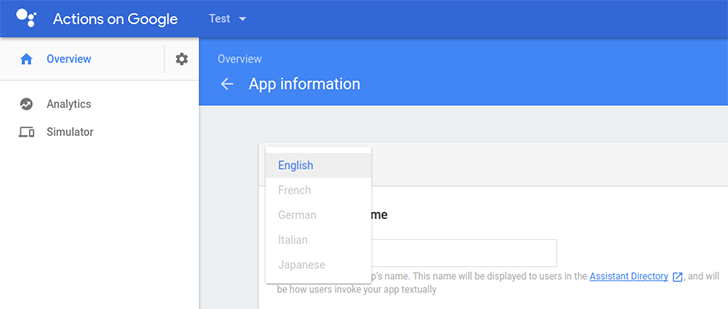
Google doesn't make things very easy for us to explain or for users to understand. For example, while Google Assistant can speak English, French, German, Hindi, Japanese, Portuguese, and Spanish in Allo, it can only speak US English on Android phones but it can talk in different English dialects plus German on Pixel devices. Oh and it supports English, French, and German on Google Home. To make matters even worse, the third-party developer branch of Assistant, Actions on Google, only works in US English now but Google is implementing more languages and we already know British English will be supported next.

Under the hood of Google Now, powering all those beautiful cards that pop up when you search for certain things, is Google's Knowledge Graph. In what might be the company's most ambitious project ever, Google aims to categorize and classify all information so that when you search for, say, Jeff Goldbum, the search engine knows you might also be interested in information about Chaos Theory or survival tips for raptor attacks. Today, the company announced an extension to this already-huge product: availability in Spanish, French, German, Portuguese, Japanese, Russian, and Italian. Pretty huge.






